Longs Peak: Keyhole Route
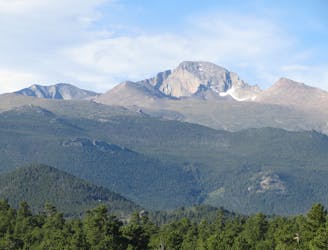
Standard route to the top of Longs Peak, the only 14er in Rocky Mountain National Park.
Moderate Alpine Climbing
- Distance
- 21 km
- Ascent
- 1.5 km
- Descent
- 1.5 km
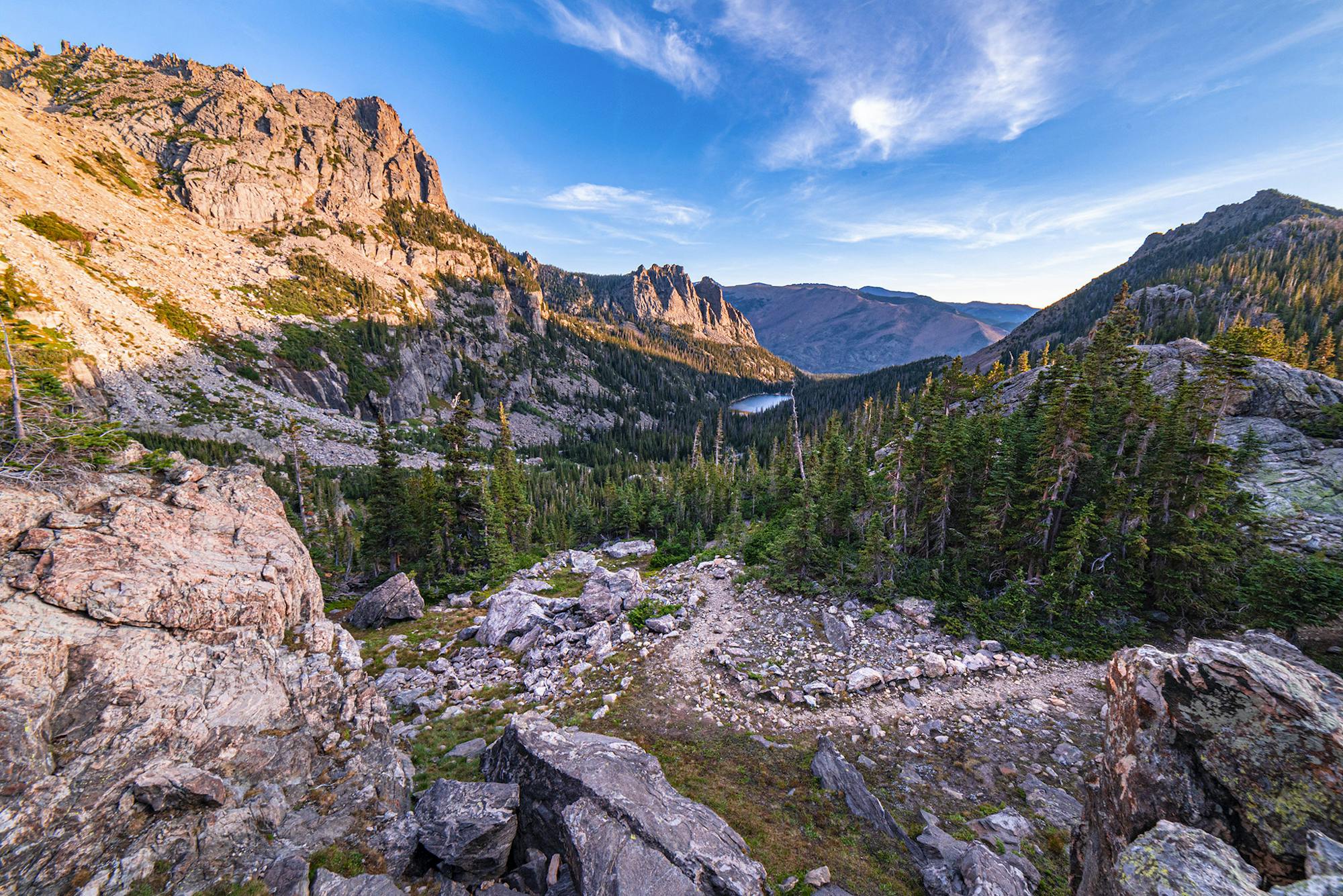
With alpine lakes, peaks, waterfalls, and wildlife, these trails showcase the best of the Rockies.
Alpine Climbing, Hiking Moderate, Difficult, Severe

Colorado’s mountains are famous the world over. While much of the state is defined by the Rockies, there’s one area so impressive that it’s deemed worthy of a national park. It has a miles-high section of the Continental Divide, the headwaters of the Colorado River, a 14-thousand-foot peak, and countless other summits––all with trails to explore them. In one day, you can hike among mossy montane forest, sun-soaked burn areas, rushing creeks and waterfalls, shimmering alpine lakes, and high-altitude tundra. You can see herds of elk roaming the meadows, plus furry marmots and pikas darting among the mountaintop rocks. You can indeed see all of this on one trail if you hike far enough!
Across all of Colorado, it’s tough to beat Rocky Mountain National Park in its diversity of trails and ways to access them. You could go the touristy route, by driving into the park and taking the sky-high Trail Ridge Road, or starting a hike from the popular Bear Lake. Alternatively, you could enter the park by hiking, requiring no entrance fee, from an auxiliary trailhead like Lumpy Ridge or Twin Sisters.
Some areas of the park can get quite busy, so it’s important to plan ahead to get the most out of your trip. You should arrive early to secure parking at any popular trailhead and have an alternate plan in case it’s full or traffic is backed up. Also, consider using the park’s free shuttle if you want to hike anywhere in the Bear Lake to Cub Lake corridor. The popularity of this park is no reason to stay away, though. The bounty of trails means there’s plenty of room to spread out, and you only have to hike a little farther or faster than the crowds to get a slice of the Rockies all to yourself.
Another major factor in your planning should be the weather. If visiting any time July through September, you’ll have to contend with the summer monsoons. It’s a weather pattern where moisture-laden air rises toward the sun, and builds into thunderstorms by the afternoon. Lightning is a very real danger at high elevations, and it often comes with intense wind, rain, and hail as well. If you hike any trail that rises to the treeline (roughly 11,000 feet elevation) or into any exposed areas, you should plan on being finished, or at least back in the trees, by early afternoon.
The weather in late spring and early fall is typically safer, but can still be volatile with occasional storms. It’s best to be prepared for anything when hiking in the alpine. While the warmer months are most popular for hiking, the park is certainly a year-round destination. Most trails remain open all winter and spring (though not all roads do), when special equipment and experience may be necessary to travel on the snow.
No matter when you visit Rocky Mountain National Park, you might find your perfect trail among these top 10 hikes. There is, of course, way more to explore, but each of these trails ensurse a solid start to your adventures in the Rockies.

Standard route to the top of Longs Peak, the only 14er in Rocky Mountain National Park.
Moderate Alpine Climbing
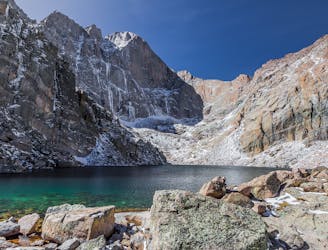
Hike up into the treeless tundra, to a glacial lake tucked beneath a 14-thousand-foot peak.
Difficult Hiking

Begin on the popular trail to Alberta Falls, then ascend along creeks and lakes to one of the park's most dramatic alpine basins.
Severe Hiking

A calm little lake tucked in the chaotic boulders of Lumpy Ridge.
Difficult Hiking
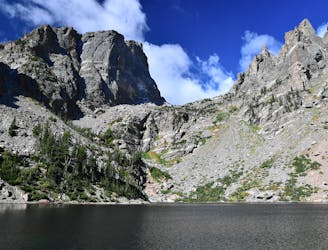
See four idyllic alpine lakes in one moderate hike.
Moderate Hiking

High-altitude stair climb to an alpine vista.
Moderate Hiking
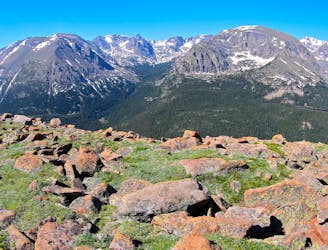
A walk through the alpine, far above treeline and away from the road.
Moderate Hiking

A string of waterfalls along tumbling mountain creeks.
Moderate Hiking
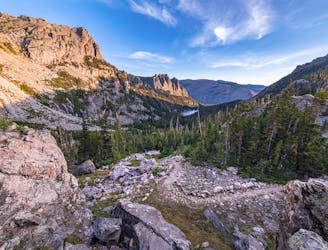
One-way hike using the park's free shuttle, connecting multiple alpine lakes and vistas.
Difficult Hiking
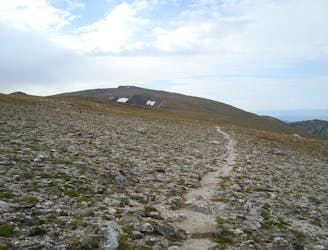
An eye-popping hike above the treeline, to a panoramic summit on the Continental Divide.
Difficult Hiking

10 routes · Alpine Climbing · Hiking
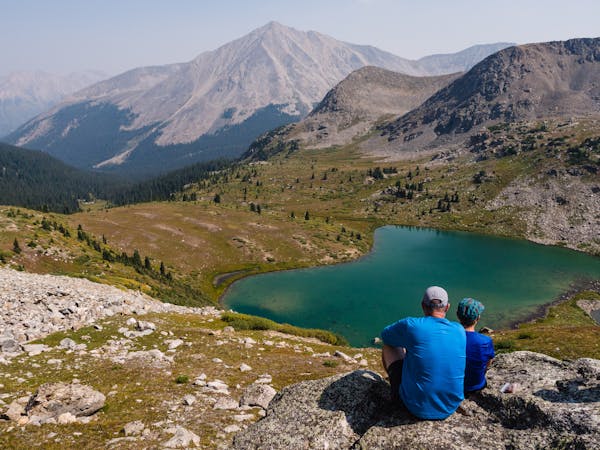
16 routes · Hiking
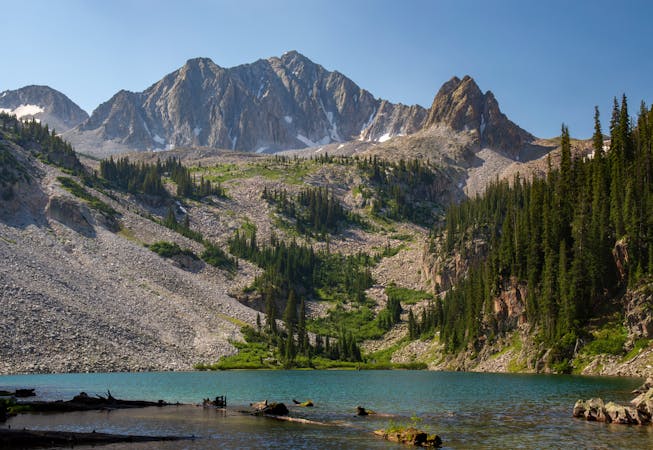
6 routes · Alpine Climbing · Hiking
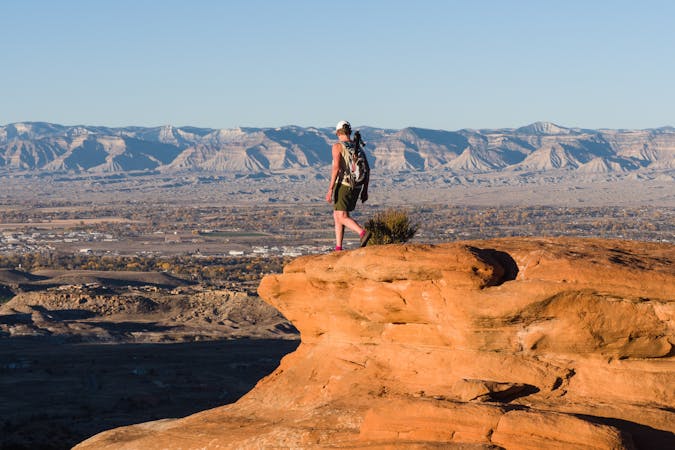
6 routes · Hiking

8 routes · Hiking

7 routes · Alpine Climbing · Hiking

11 routes · Alpine Climbing · Hiking
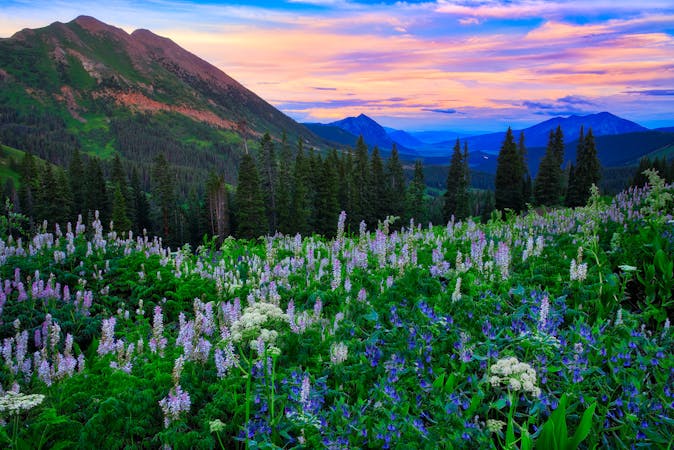
16 routes · Hiking
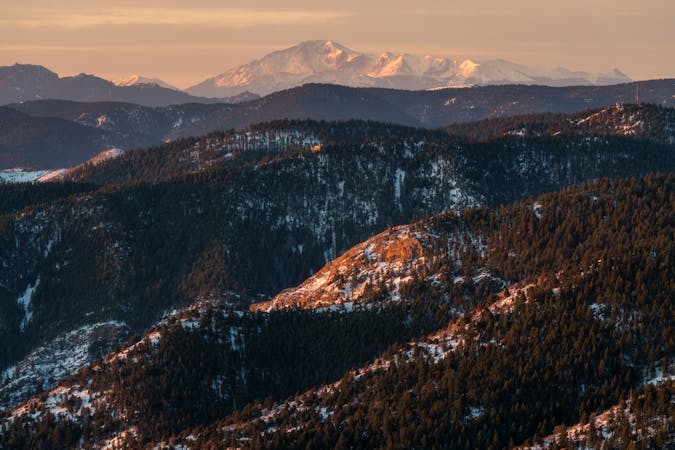
6 routes · Hiking
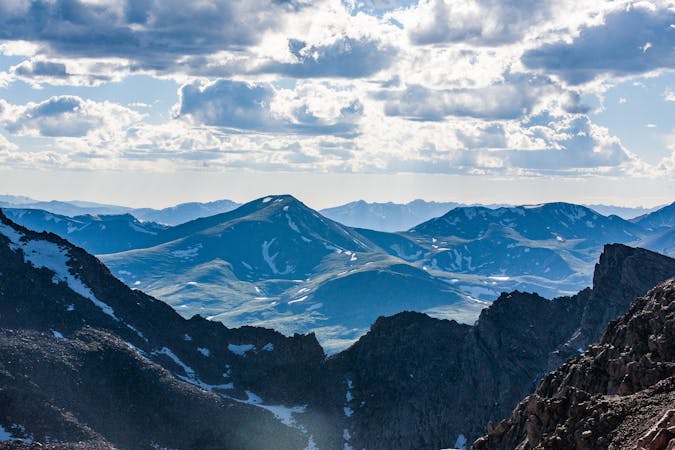
7 routes · Hiking